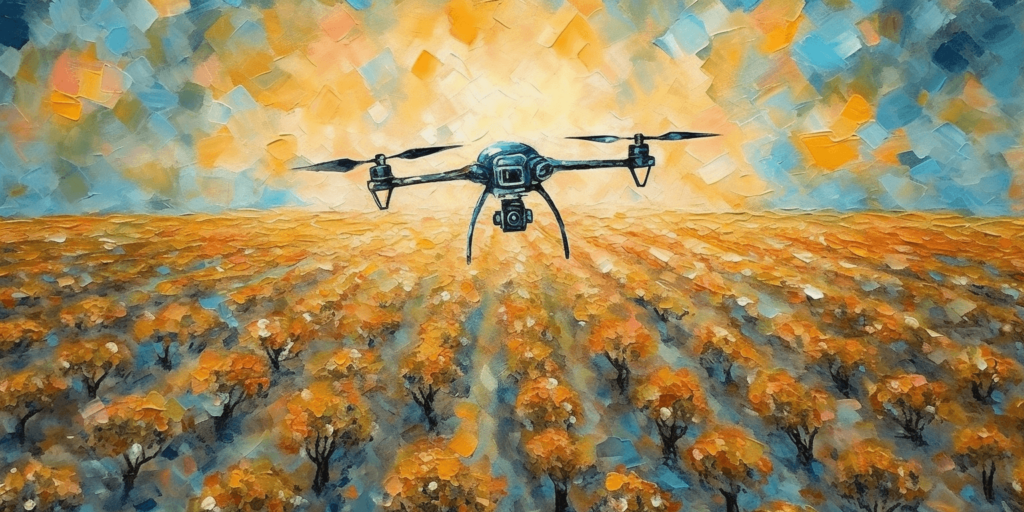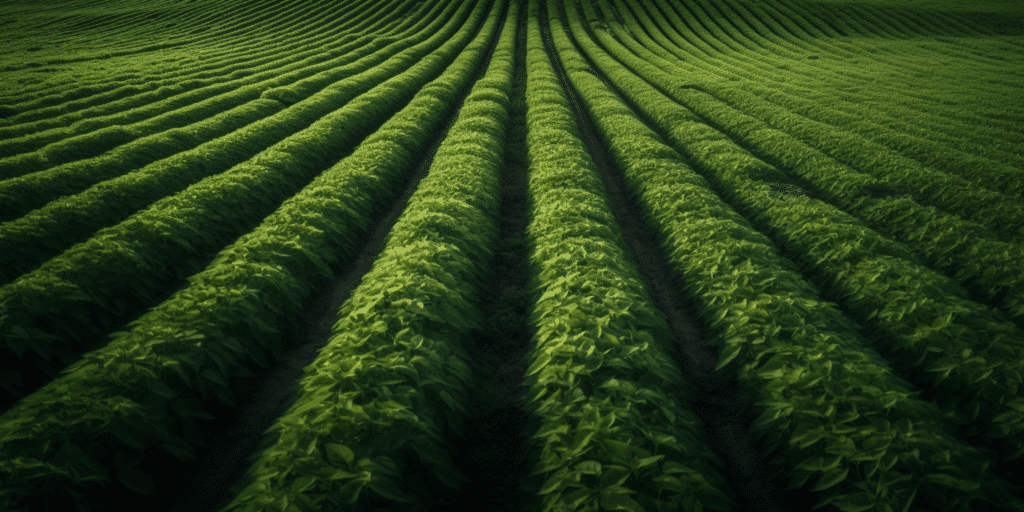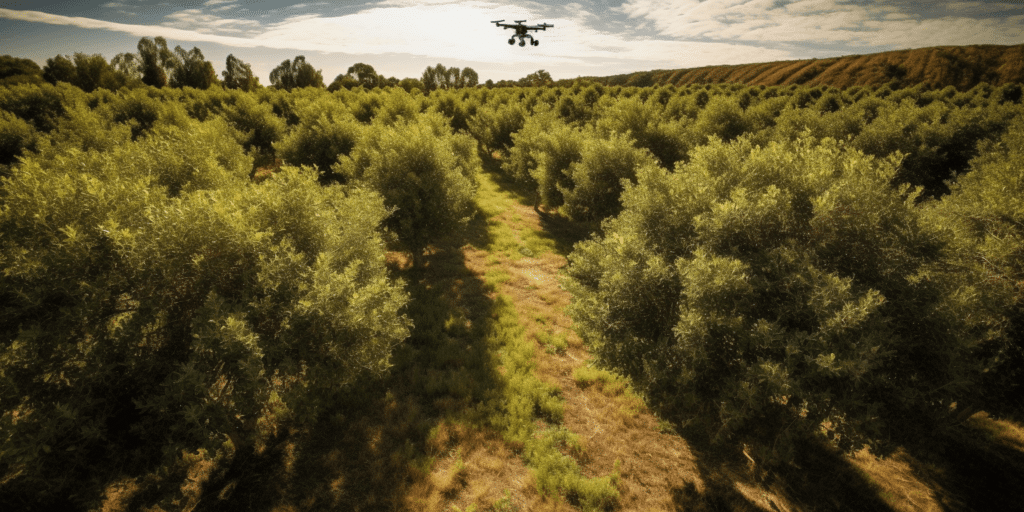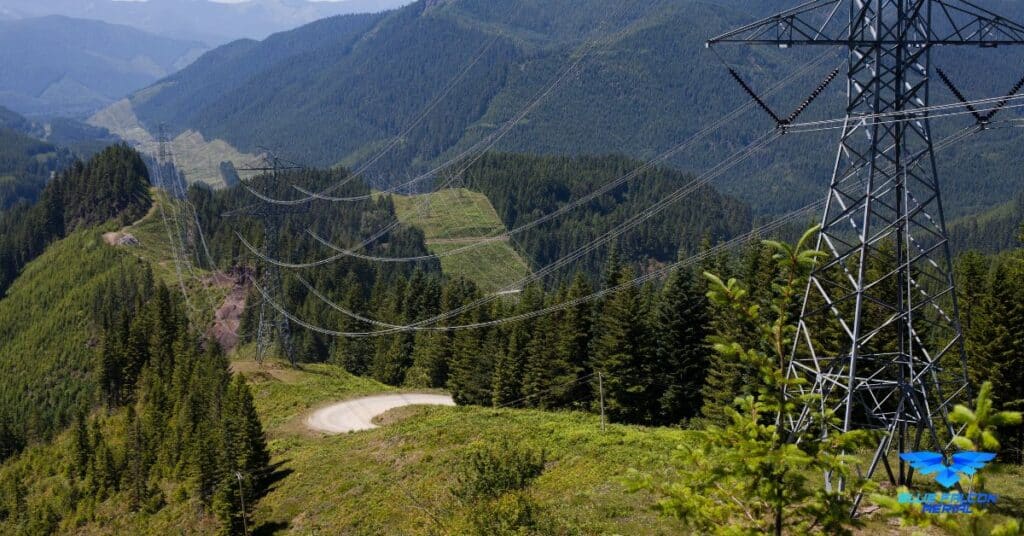Climate change is posing significant challenges for agriculture, with the increasing frequency of extreme weather events, water scarcity, and changes in pests and diseases. To address these challenges and ensure food security, it is essential to adopt innovative solutions that enhance agricultural productivity and resilience. In this article, we will discuss how Aerial Precision Agriculture plays a pivotal role in fostering Climate Resilience and how you can leverage it to secure your agricultural business in the face of climate change.
The Emergence of Aerial Precision Agriculture
What is Aerial Precision Agriculture?
Aerial Precision Agriculture is the use of advanced drone technology to gather data, monitor crop health, and optimize farming practices. Drones equipped with high-resolution cameras, multispectral sensors, and GPS technology can capture valuable information about crop conditions, soil moisture, and nutrient levels. This data can then be analyzed to make informed decisions on irrigation, fertilization, and pest control, ultimately leading to increased yields and reduced environmental impact.
How Drones Revolutionize Farming
The adoption of drone technology has revolutionized traditional farming practices by providing:
- Real-time monitoring: Drones allow farmers to monitor their crops in real-time, identifying issues early on and addressing them promptly.
- Data-driven decision-making: With precise data at their fingertips, farmers can make more informed decisions and optimize their operations.
- Reduced costs and increased efficiency: By targeting specific areas that need attention, farmers can save resources and reduce waste, leading to cost savings and higher profits.
Aerial Precision Agriculture for Climate Resilience
Enhancing Water Management
One of the most significant challenges posed by climate change is water scarcity. Aerial Precision Agriculture enables farmers to monitor soil moisture levels accurately, allowing them to use water more efficiently. Drones can also identify areas with poor drainage or where water is pooling, enabling farmers to make necessary adjustments to their irrigation systems.
Adapting to Changing Growing Conditions
Climate change often results in unpredictable weather patterns, which can affect crop growth and yield. Drone-based monitoring allows farmers to track changes in temperature, humidity, and other climatic factors, helping them to adapt their farming practices accordingly. For example, by identifying areas with higher pest or disease risk, farmers can take preventative measures or target specific treatments, reducing crop loss and minimizing environmental impact.
Optimizing Crop Varieties and Planting Strategies
As climate change alters growing conditions, selecting the most suitable crop varieties and planting strategies becomes increasingly important. Aerial Precision Agriculture provides valuable data on soil conditions and microclimates, enabling farmers to choose the best crops and planting patterns for their unique circumstances. This not only improves yield but also promotes biodiversity, making the agricultural system more resilient to environmental changes.
The Future of Aerial Precision Agriculture and Climate Resilience
The potential of Aerial Precision Agriculture for fostering Climate Resilience is immense. As drone technology continues to advance, we can expect even more accurate data and insights to help farmers adapt to the changing climate. Furthermore, the integration of artificial intelligence and machine learning will allow for more efficient data analysis and decision-making, empowering farmers to optimize their operations even further.
To stay ahead of the curve and ensure the success of your agricultural business, it’s crucial to invest in Aerial Precision Agriculture and adopt climate-resilient practices. This investment not only helps secure your farm’s future but also contributes to global food security and environmental sustainability.
Conclusion
In conclusion, Aerial Precision Agriculture plays an instrumental role in building climate resilience and ensuring the long-term success of your agricultural business. By adopting drone technology, farmers can gain valuable insights, optimize their operations, and make data-driven decisions to adapt to the challenges posed by climate change. This not only enhances the sustainability of individual farms but also contributes to global food security and environmental preservation.
To learn more about how you can harness the power of drone technology for your agricultural business, we highly recommend reading our comprehensive guide on Soaring High: A Comprehensive Guide to Building and Growing Your Drone Business. This resource will equip you with the knowledge and tools needed to stay ahead of the curve and thrive in an ever-changing agricultural landscape.
If you require professional drone services or need assistance with implementing Aerial Precision Agriculture, don’t hesitate to contact Blue Falcon Aerial. Our team of experts is here to help you navigate the complexities of drone technology and ensure the success of your agricultural endeavors.




